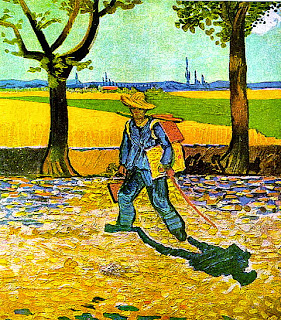Research
Inventy: IJES
is a scholarly, online & Print version both international journal which
aims to Publishes peer reviewed original research result oriented Survey papers
in the fields of Engineering and Science. The journal is an independent
publication, which aims to provide the online engineering community with a
resource and forum for scholarly expression and reflection. The objective of
the Research Inventy is to provide a forum for communication
of information among the world’s scientific and technological community as
well as scientists and engineers.
Submitted
papers will be reviewed by technical committees of the Journal. Research
Inventy is steered by a distinguished Board of Directors, Researchers and
Academicians and is supported by an international review board consisting
of prominent individuals representing many well-known universities, colleges,
and corporate world.
Subject Category: All fields of Engineering and Science
Frequency: 12 issues per year
Important
date of current issue
|
|
Submission Deadline
|
October
10,2013
|
Notification of Acceptance
|
October
15,2013
|
Final Version Due
|
October
17,2013
|
Date of Publication
|
October
30,2013
|
Journal Website: www.researchinventy.
IJES indexing: http://www.
E-mail id: inventy.journal@gmail.com
